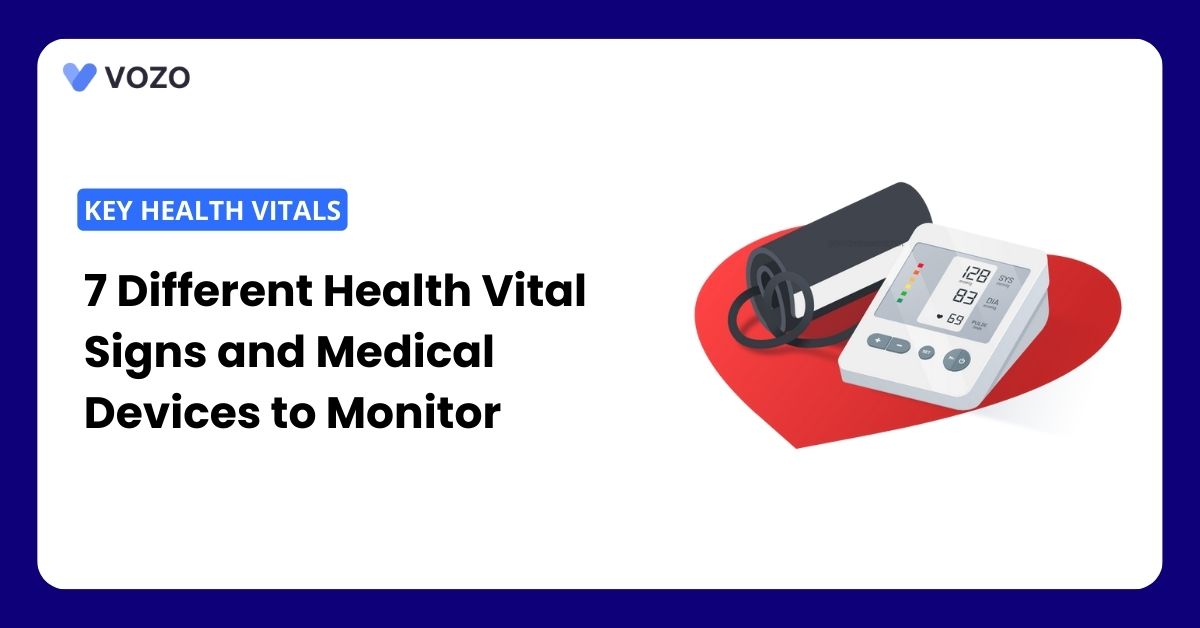7 Different Health Vital Signs and Medical Devices to Monitor
Nowadays, healthcare technology development empowers individuals to monitor their well-being remotely. In the past, if you needed to check your temperature, you would have to visit a clinic.
However, technological advancements now allow you to monitor your health’s vital signs at home. It enables you to understand your overall health status without the need to visit a healthcare facility in person.
Several key health vitals help to provide valuable insights, from body temperature to blood pressure.
This blog post will walk you through the 7 key health vitals and remote patient monitoring devices to check without stepping out of the home.
What are Health Vitals?
Health vitals are the most common measurements that indicate how well your body functions. These health vitals help the providers if there are any health issues or if everything is functioning normally aiding in diagnosis and treatment decisions.
Here are the 7 common health vitals that you need to know of:
- Temperature
- Blood Oxygen Level
- Weight
- Blood Pressure (BP)
- Respiratory Rate
- Blood Sugar Level
- Heart Rate (Pulse)
Related: Monitoring Patients Remotely? You’ll Need These Top 6 Devices
7 Health Vital Signs and Medical Devices to Check
Blood Oxygen Level
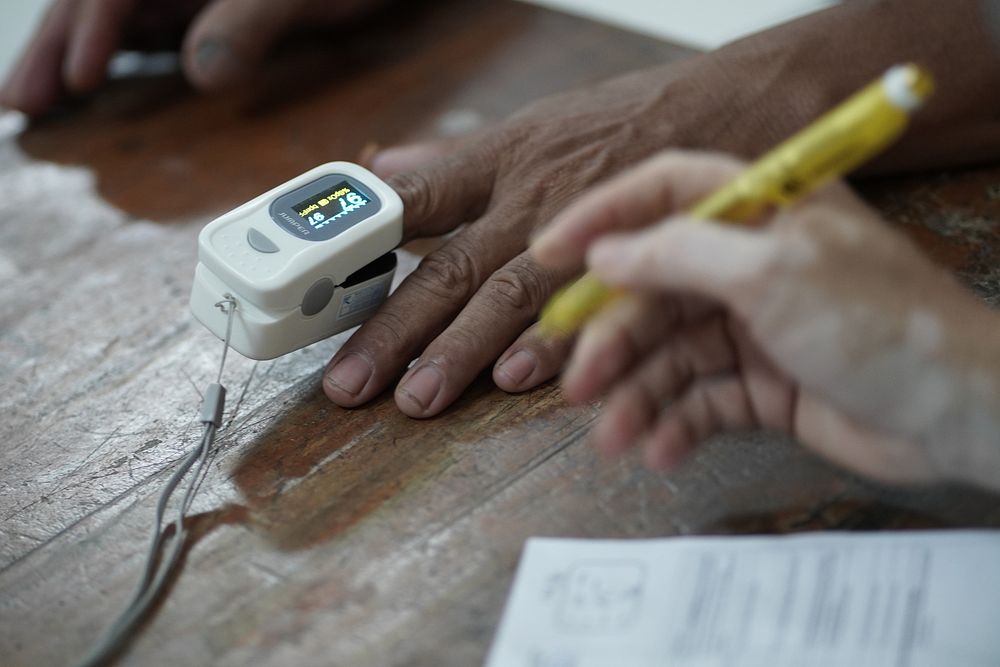
Blood oxygen is one of the common health signs that you should know of. It is a health measurement of how much oxygen level is in a person’s blood.
When a person breathes in, the oxygen will go through the lungs and then travel to the blood. Usually, our blood needs a certain amount of oxygen for proper functions. The oxygen level in the blood varies based on a person’s age, daily physical activity, and health condition.
Normal Blood Oxygen Level should be 95% or higher. Low blood oxygen levels may lead to serious health complications such as shortness of breath, rapid breathing, and bluish skin.
How to Check Blood Oxygen Level Using Blood Oxygen Monitor
Some reliable pulse oximeter also has blood oxygen monitors. To check the blood oxygen level using pulse oximeter:
- Place your point fingertip inside the pulse oximeter
- Keep it still for a minute to take the readings
- After a few minutes, the readings will stop
- You can check the blood oxygen level on the digital monitor
Weight
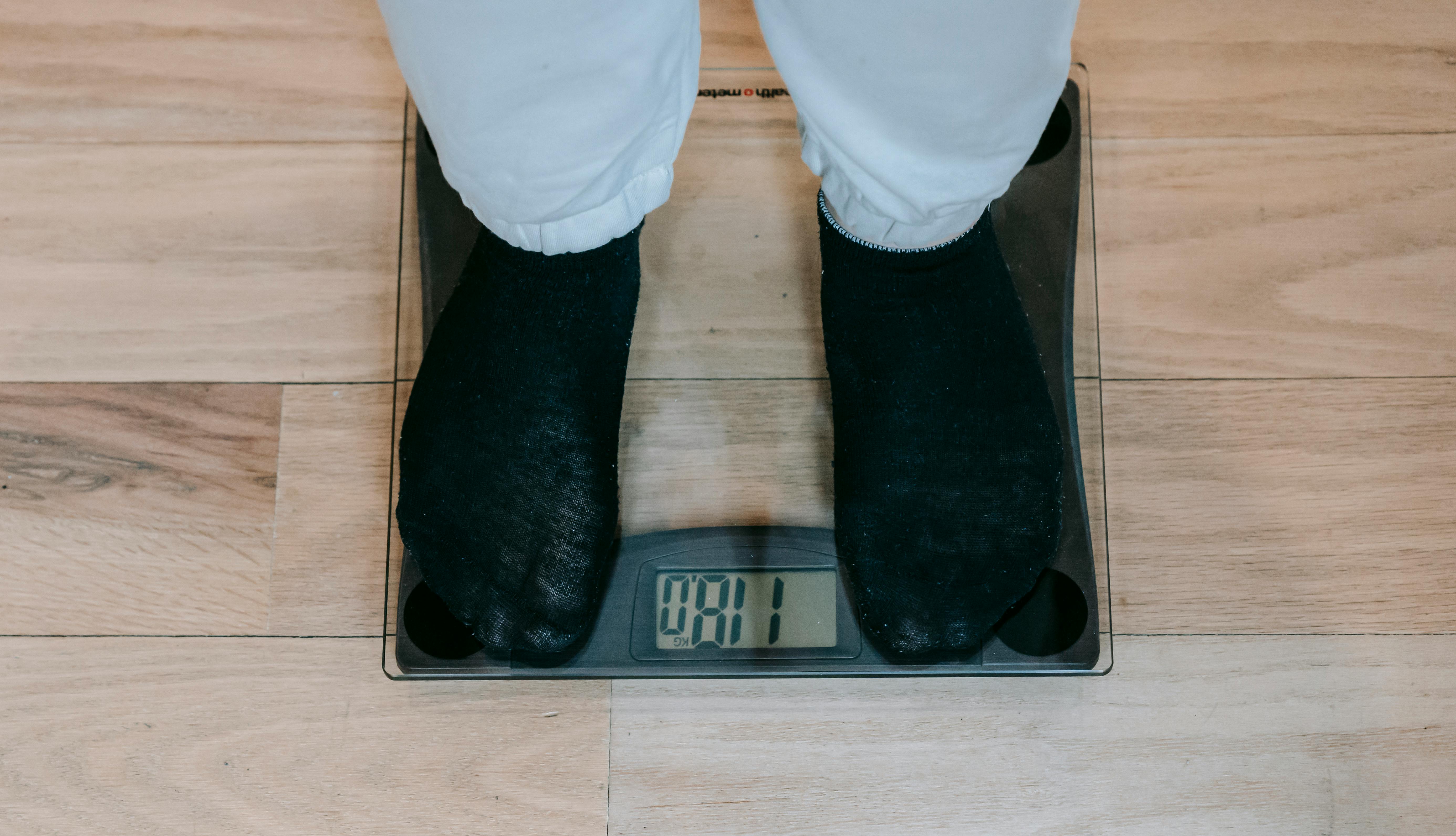
Weight is the most common health metric that reflects an individual’s well-being. It encompasses the measurement of your entire body mass, including fat mass, lean body mass, bone weight, and muscle tissues.
More than health conditions, even individuals who are involved in physical activities for weight loss or weight gain can often track their weight.
This health vital can vary for each person based on fat percentage in body, height, age, and gender as well. Generally, you can find the ideal weight range using this formula:
The ideal body weight for men is 50 kilograms plus 1.9 kilograms for every inch above 5 feet, while for women, it’s 49 kilograms plus 1.7 kilograms for every inch above 5 feet.
How to check Weight Using a Weight Monitor Device
- Place the weight monitor device on the floor
- Stand straight on the device (without wearing shoes or socks)
- The device will display the weight
Blood Pressure (BP)
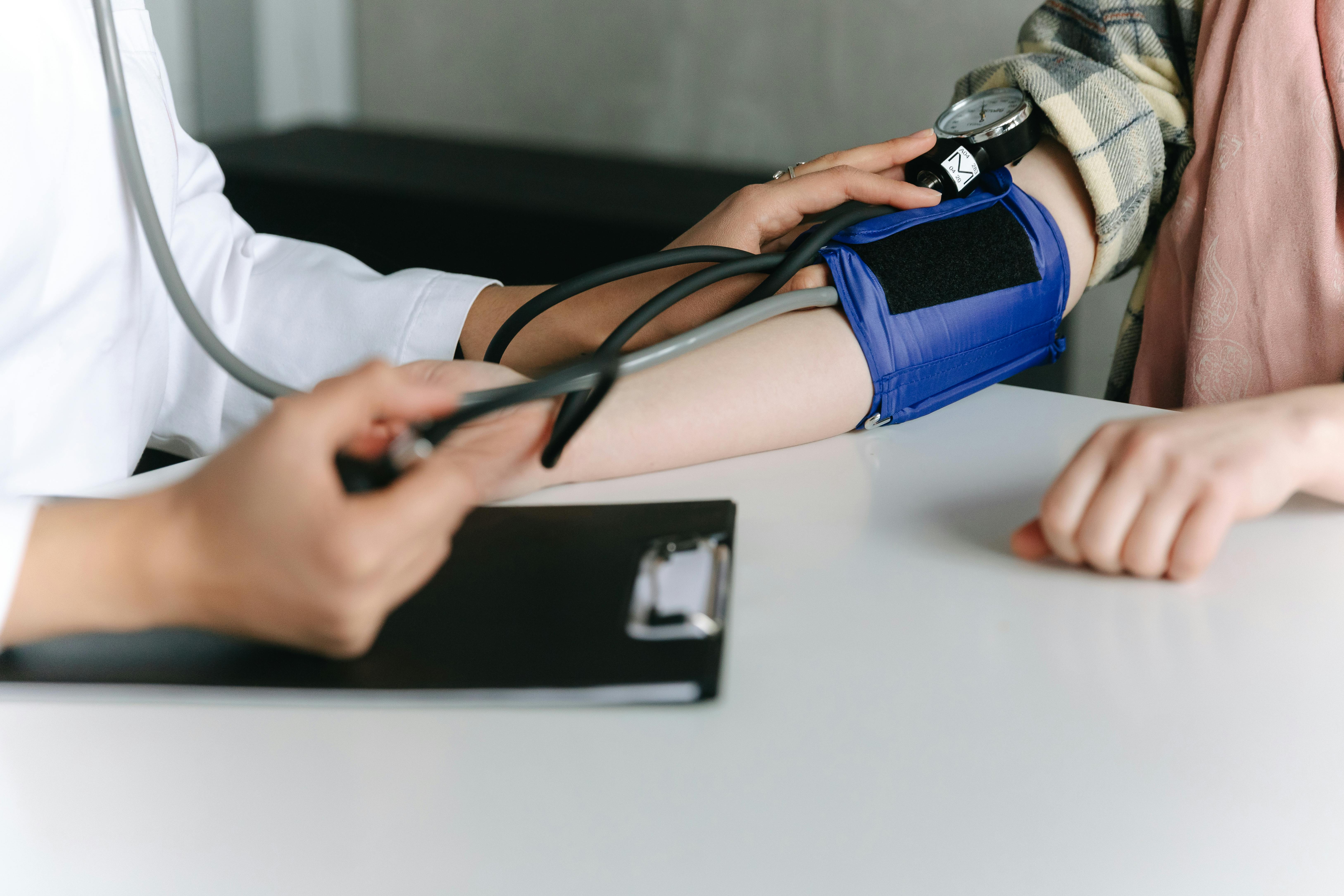
Blood pressure (BP) is another health vital that measures the amount of force exerted by your blood as it flows through the arteries. Normally, the blood pressure in a person should be 120 – 129. High blood pressure leads to severe health complications like heart attack.
How to Check BP Using Blood Pressure Cuff
- Wrap and secure the BP cuff snugly bare upper arm
- Insert tubing into the monitor and turn it on
- Press start to inflate the cuff automatically
- Stay still during the reading
- Note systolic and diastolic numbers displayed
- Release air and remove the cuff
- Take 2-3 readings, averaging the results.
Temperature
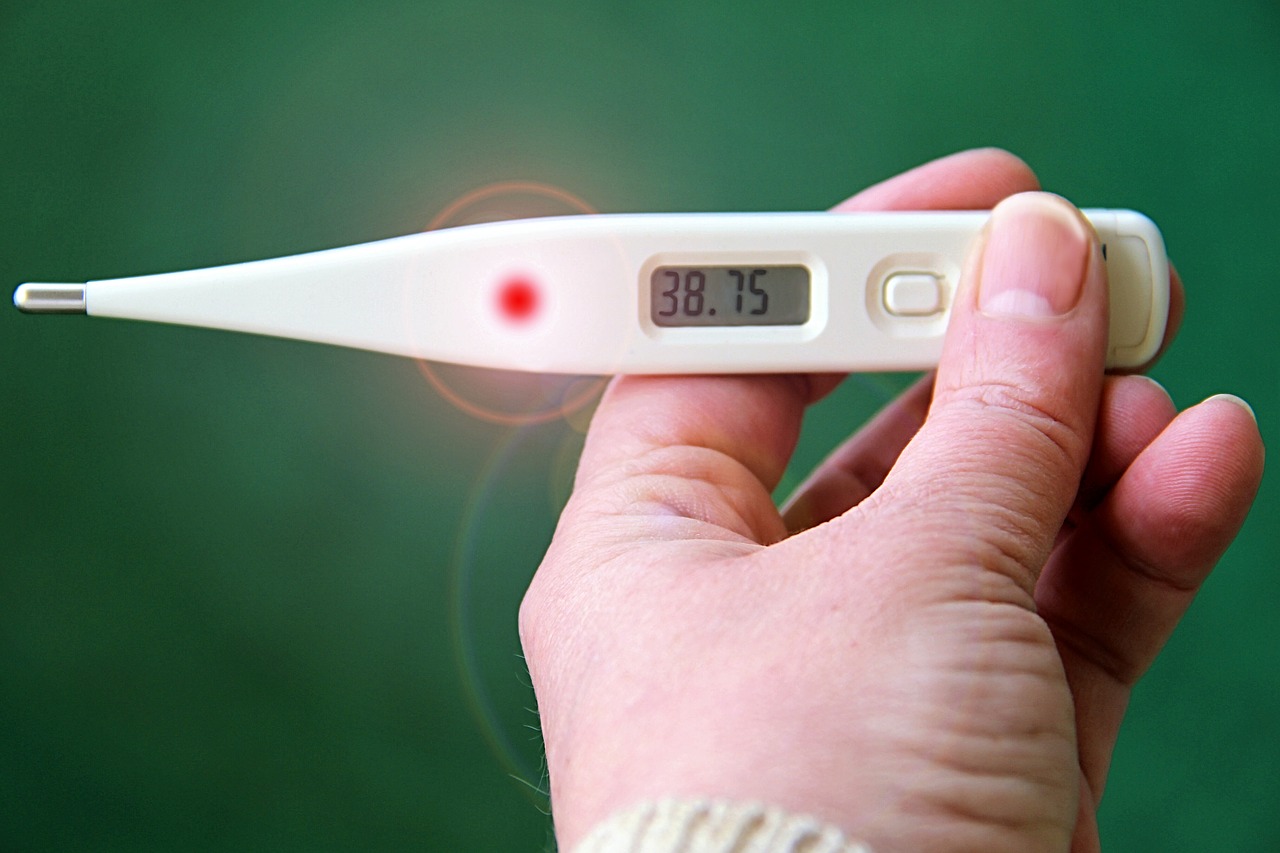
Temperature is another common health vital that indicates the person’s body heat. This health vital shows whether you have a fever or cold.
Body temperature differs based on age, individual health, and physical activity levels. Basic body temperature can be 97.6 to 99.3°F for kids, 96 – 98°F for adults, and 93 to 98.6°F for elders.
How to check the temperature using a Thermometer
- Clean the thermometer tip
- Turn on/activate the thermometer
- Place the tip under tongue (oral) or armpit (axillary)
- Wait for the beep/signal
- Read the displayed temperature
- Clean the thermometer after use
Respiratory Rate
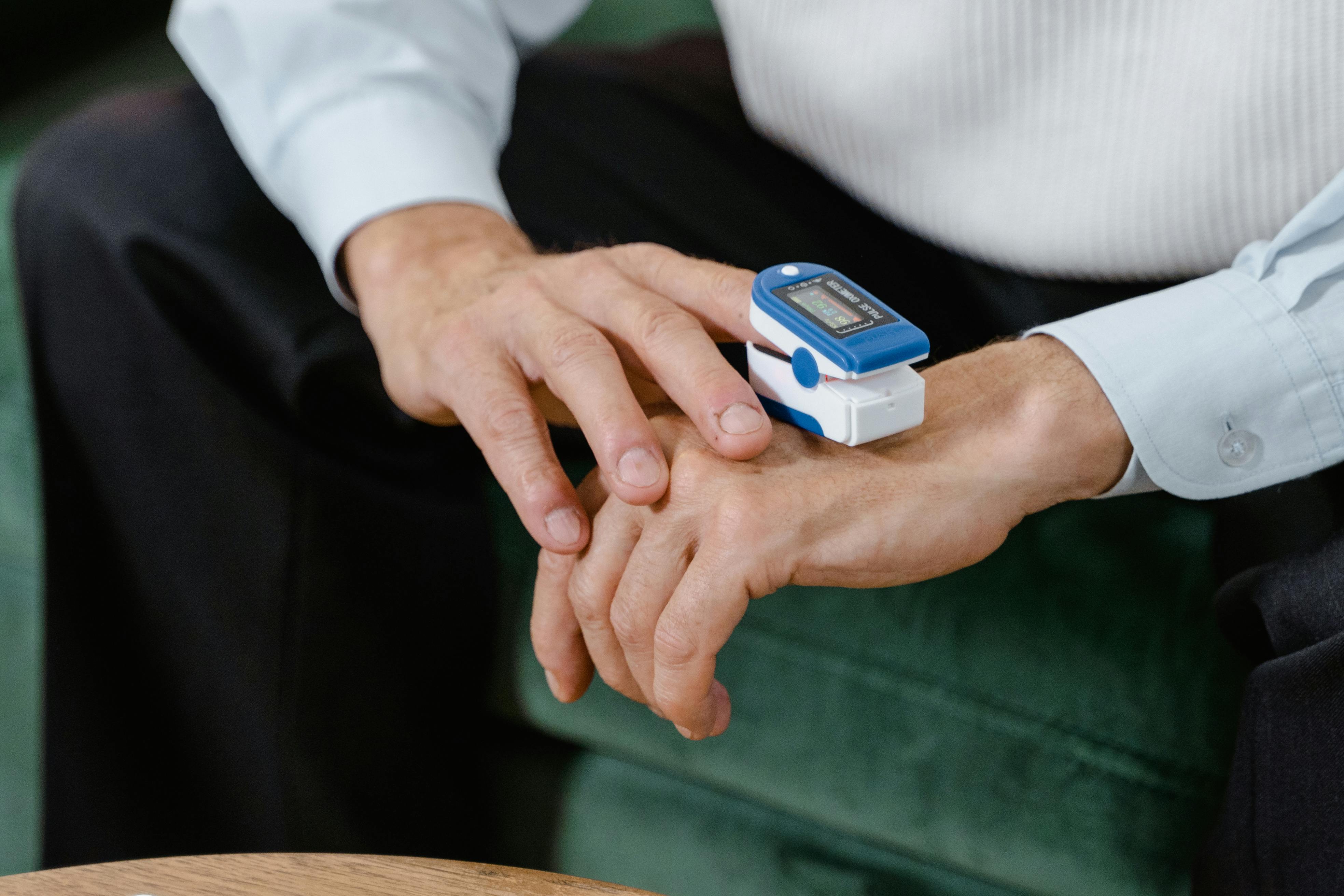
Respiratory rates are one of the health vitals that measure the breaths taken per minute. The normal respiratory rate for a healthy adult should be 12 to 20 breaths per minute. Usually, respiratory rate increases while doing exercise, fever, and other illnesses.
An abnormally high respiratory rate is called tachypnea, while an abnormally low rate is bradypnea. Monitoring respiratory rates helps assess respiratory function and overall health status.
How to check respiratory rate using a Pulse Oximeter
- Place the right-hand point fingertip inside the pulse oximeter
- Wait until the pulse rate reading stabilizes
- Observe the rise and fall of the pulse rate numbers, corresponding to breaths
- Count inhale and exhale for one minute
- This number is the respiratory rate in breaths per minute
Heart Rate (Pulse)
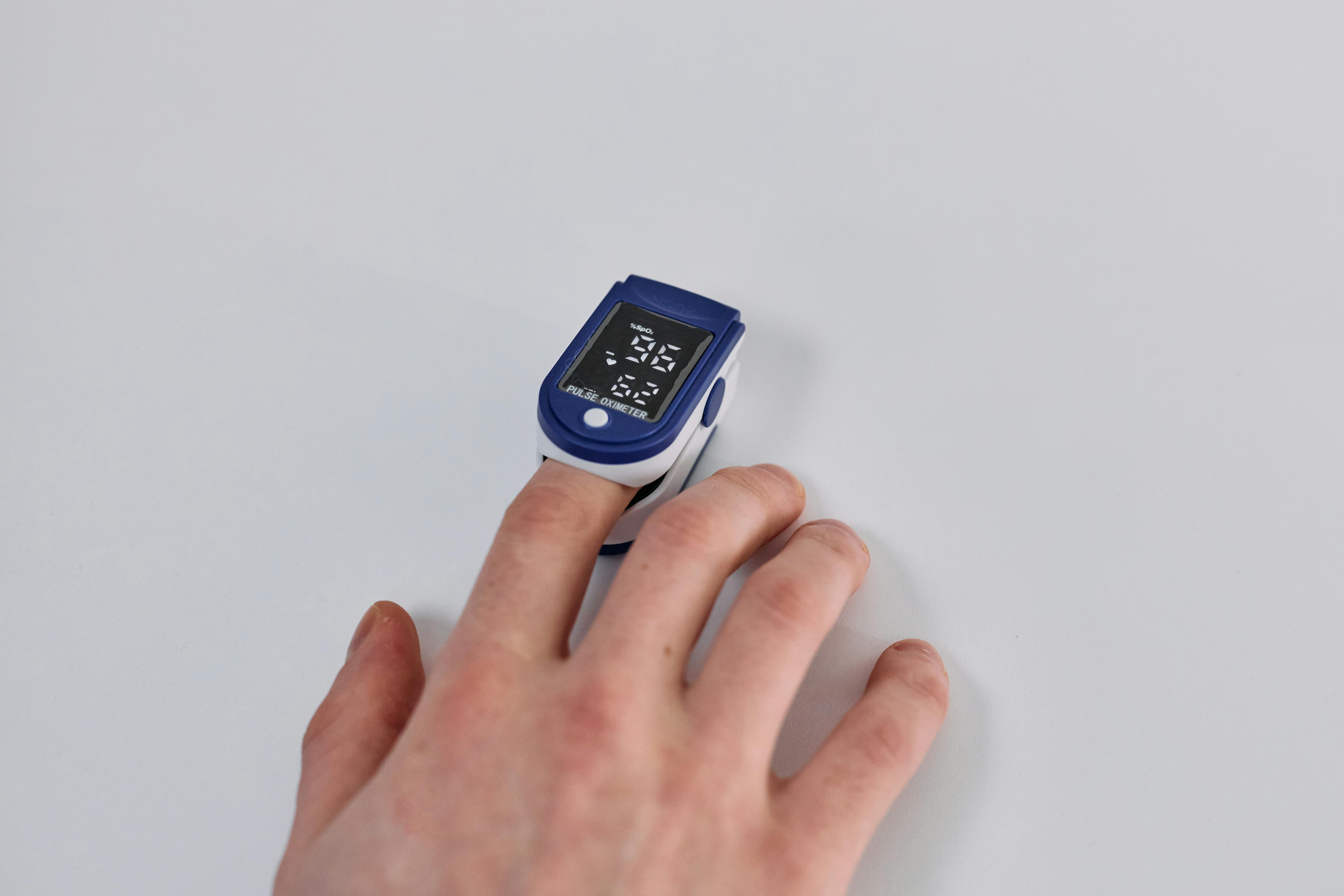
Heart rate or pulse refers to the number of times the heart beats per minute. It is an essential vital sign that reflects the body’s physiological state. The normal pulse rate ranges from 60 to 100 per minute for adults.
Usually, heart rate fluctuates if you are involved in exercise, running, stress, and certain medical conditions. Monitoring heart rate is crucial for assessing cardiovascular health and detecting potential irregularities.
How to check heart rate using a Pulse Oximeter
- Turn on the pulse oximeter.
- Insert your finger into the sensor.
- Remain still and refrain from talking.
- After a few seconds, the device will display your heart rate (pulse rate) on the screen.
- Record the reading if needed.
- Remove your finger from the sensor after taking the measurement.
Blood Sugar Level

Blood sugar levels are another health vital that refers to the amount of glucose levels present in your blood. High glucose levels in the blood can lead to health complications such as diabetes.
Regularly monitoring and maintaining sugar levels in the blood is necessary for overall health and well-being, especially for diabetes patients.
How to check blood sugar level using a Glucometer
- Firstly wash your hands before taking the test
- Prepare the lancing device and test strips
- Insert the test strip into the glucometer
- Lance the fingertip with a lancing device
- Gently squeeze the fingertip to obtain a blood drop
- Touch the blood drop to test strip
- Glucometer displays the percentage of sugar level contained in blood
Related: The Role of Remote Therapeutic Monitoring in making patients’ life comfortable
Vozo Remote Patient Monitoring Solution
Remote patient monitoring brings healthcare checkups to the home. By utilizing RPM devices, healthcare practices, providers, and patients can benefit in so many ways.
Searching for the Best Remote Patient Monitoring Solution to easily track health vitals?
Vozo is the most reliable option to choose from. Our Remote Patient Monitoring services allow health providers to track & analyze patient health data and vital signs.
It helps to engage with patients virtually to change care plans and educate patients about their health conditions.
We help you identify, anticipate, and treat patient needs across care with the best remote patient monitoring solutions. We empower healthcare where it is needed the most by delivering an advanced RPM program.
Our RPM program will help you improve patient health outcomes and reduce readmissions. Vozo RPM solution helps your patients take responsibility for their healthcare. Experience our 30-day free trial by clicking the button below.
About the author

With more than 4 years of experience in the dynamic healthcare technology landscape, Sid specializes in crafting compelling content on topics including EHR/EMR, patient portals, healthcare automation, remote patient monitoring, and health information exchange. His expertise lies in translating cutting-edge innovations and intricate topics into engaging narratives that resonate with diverse audiences.



